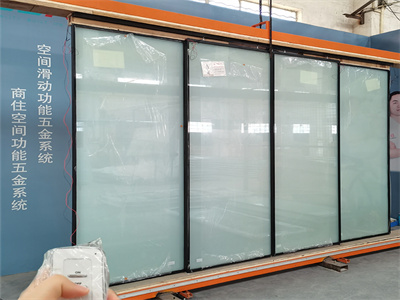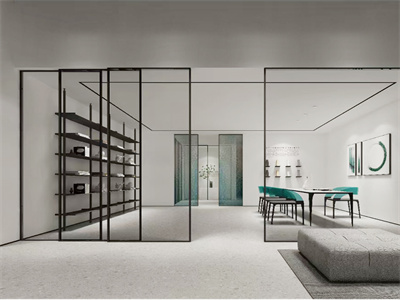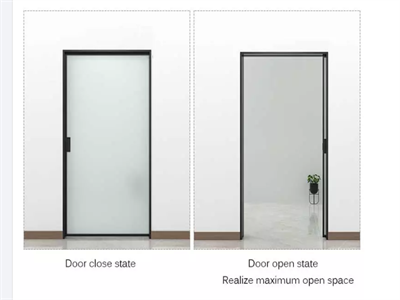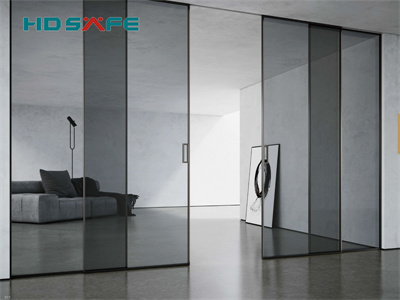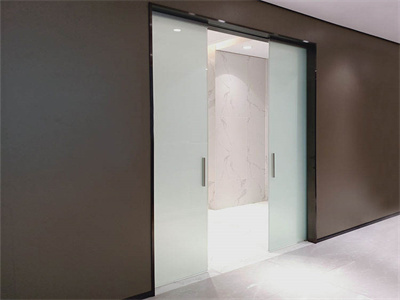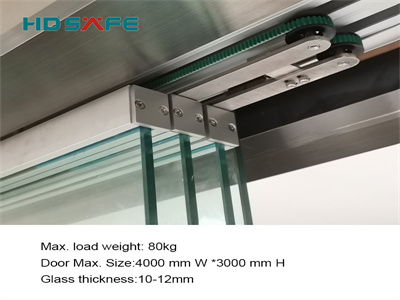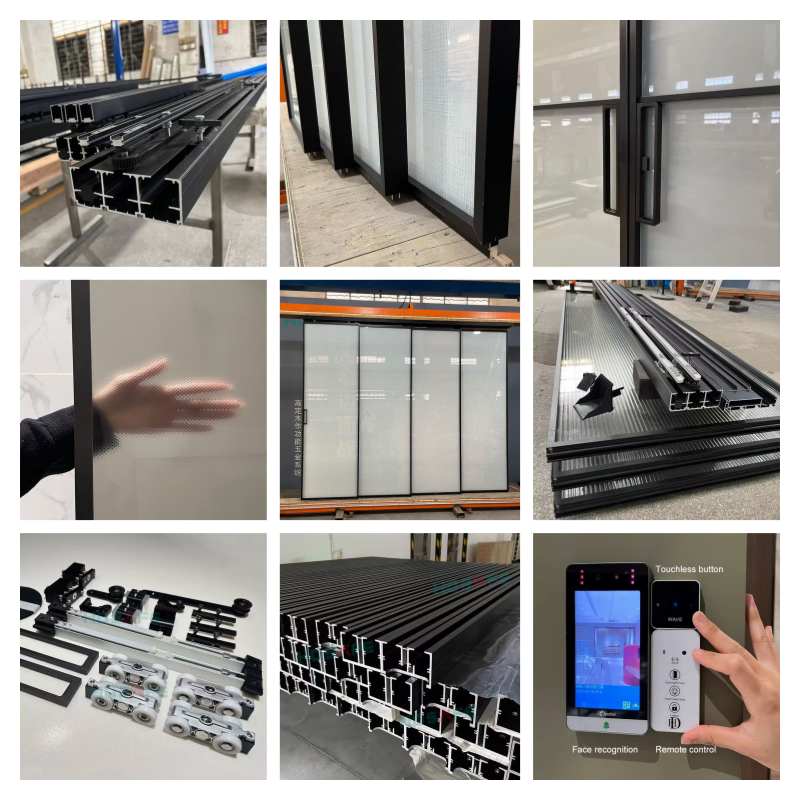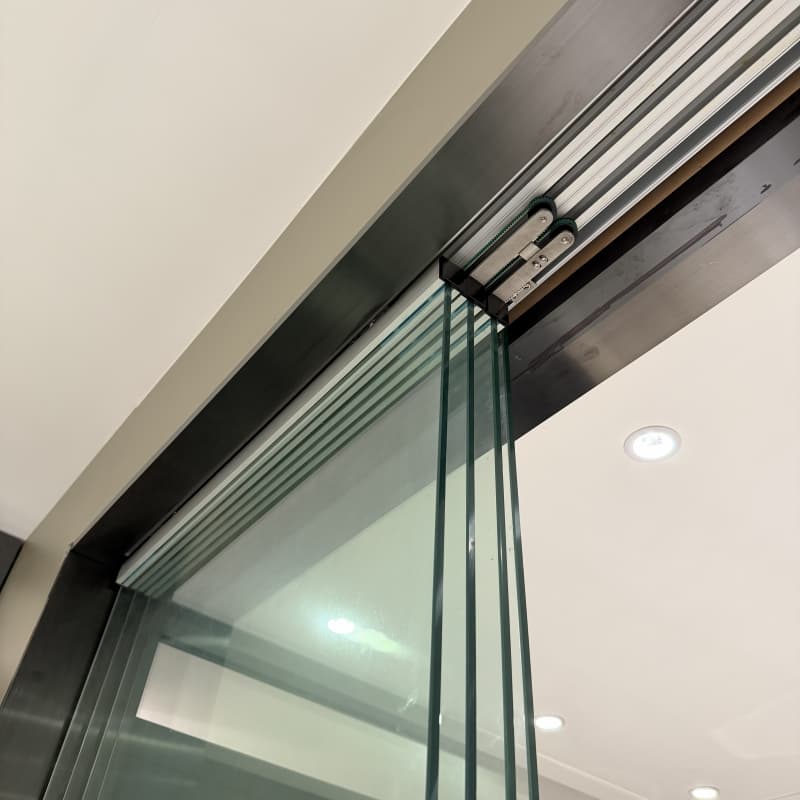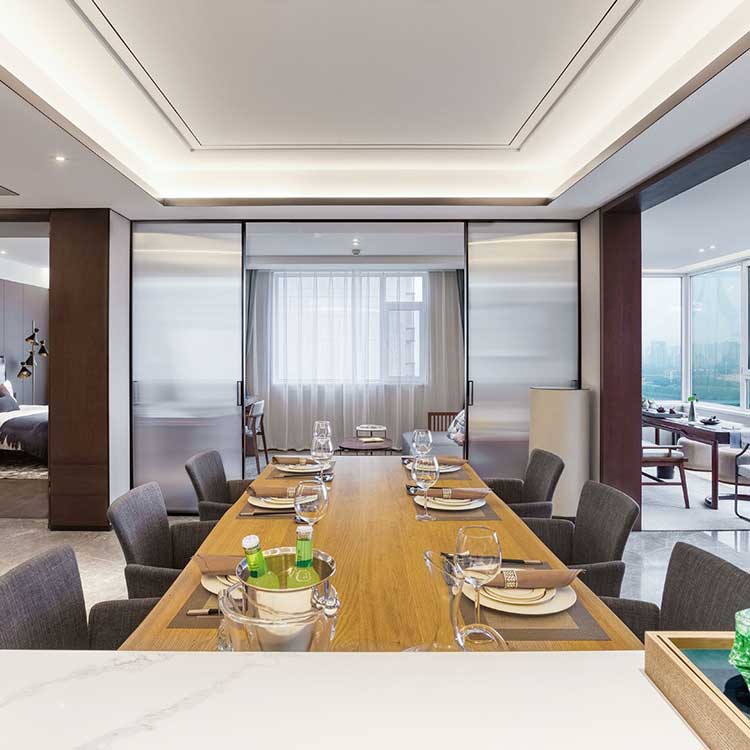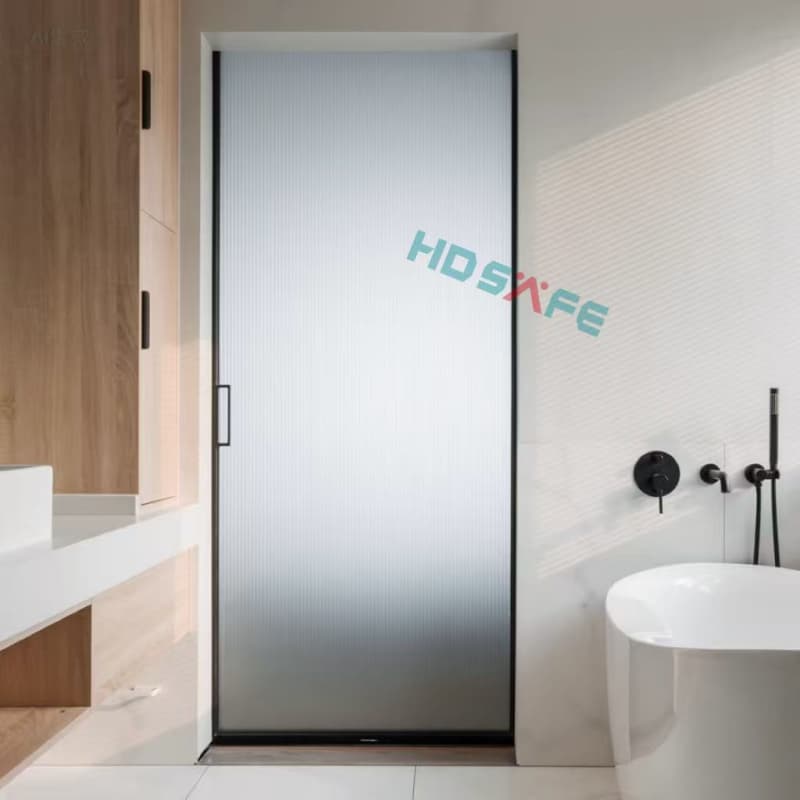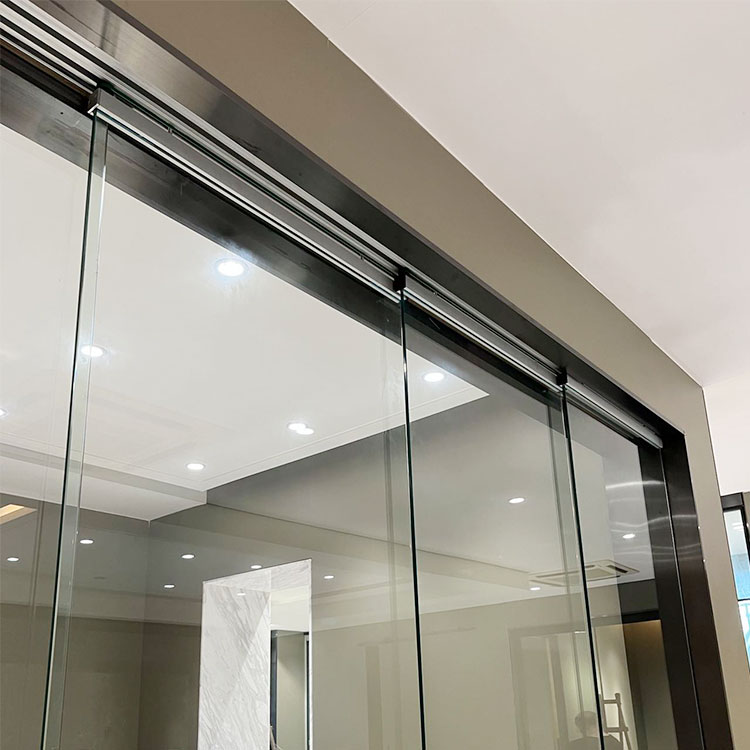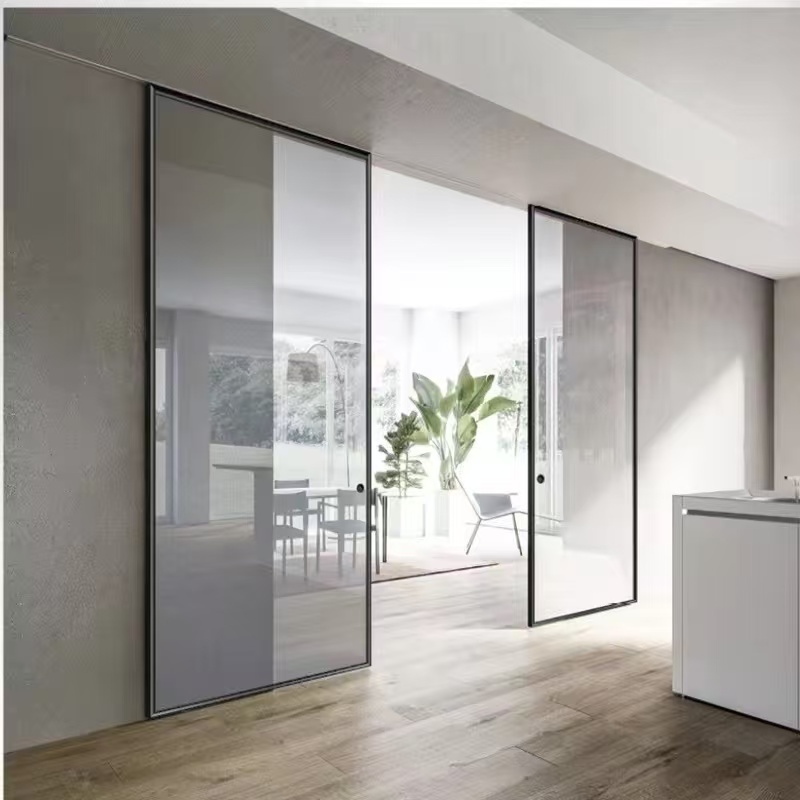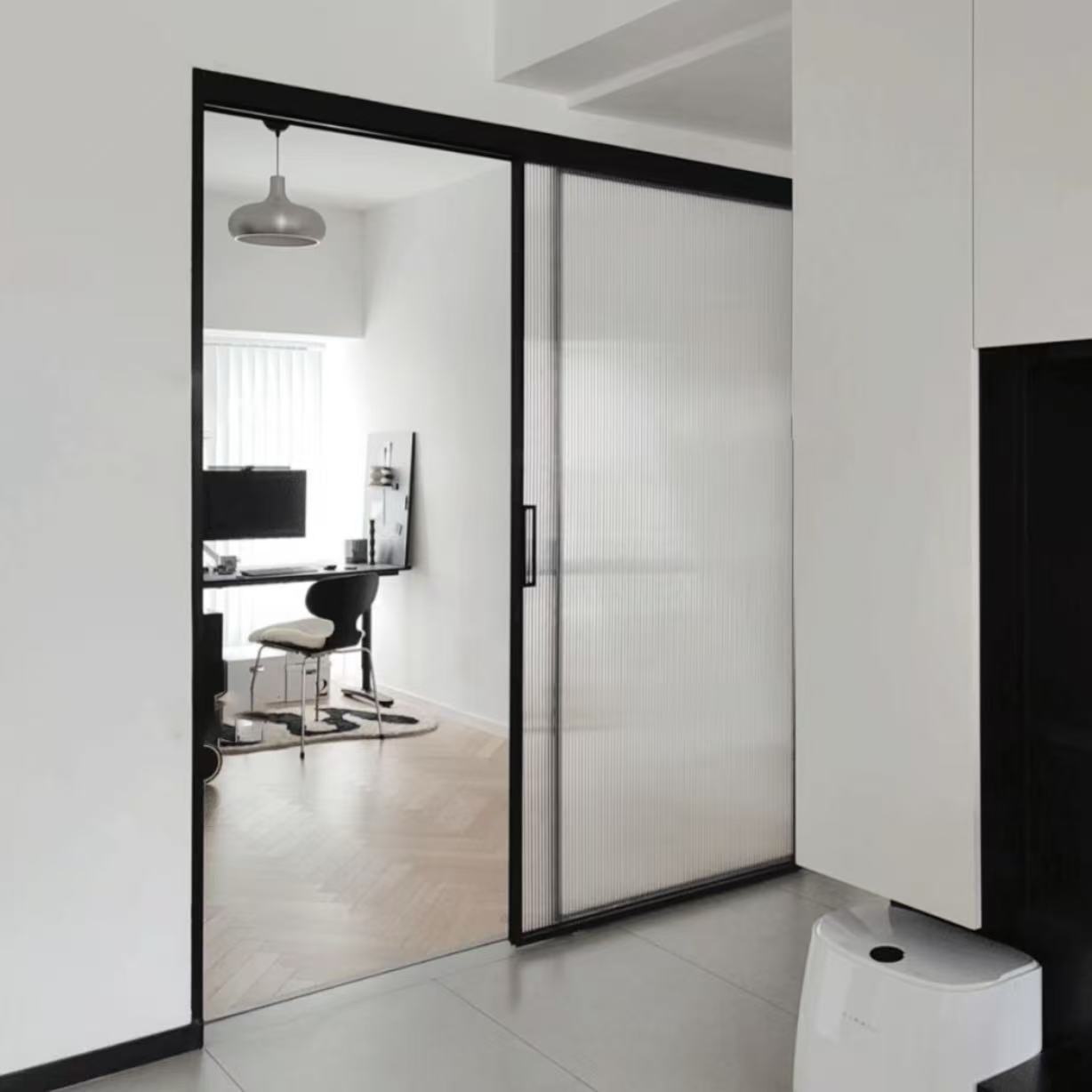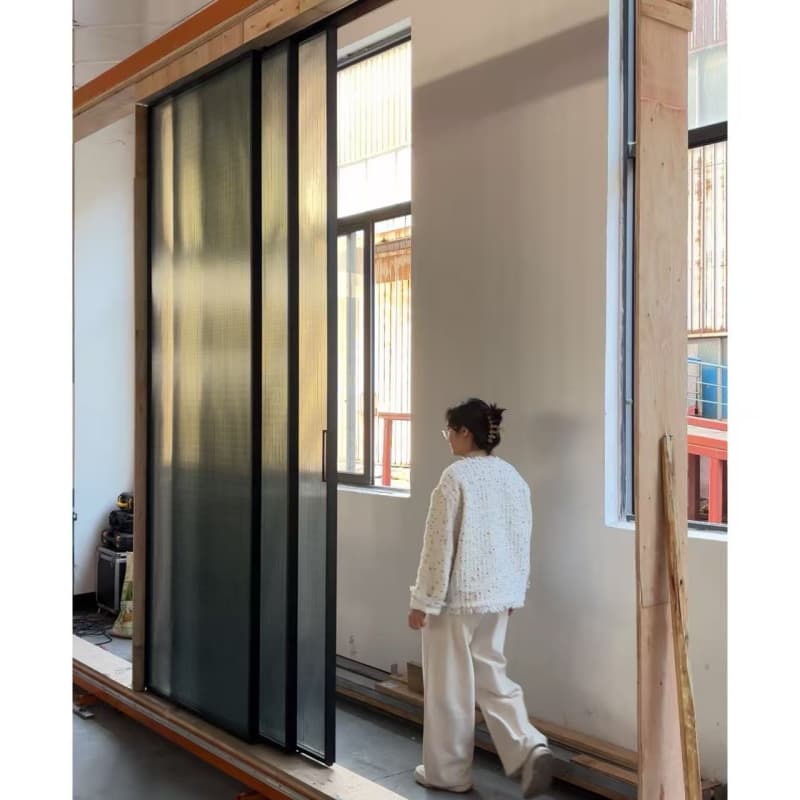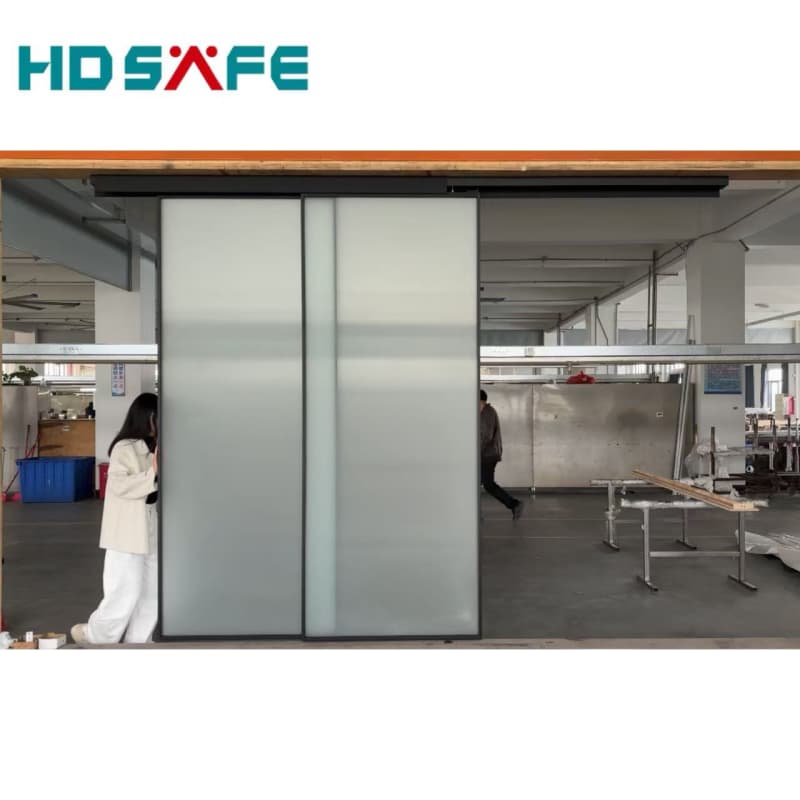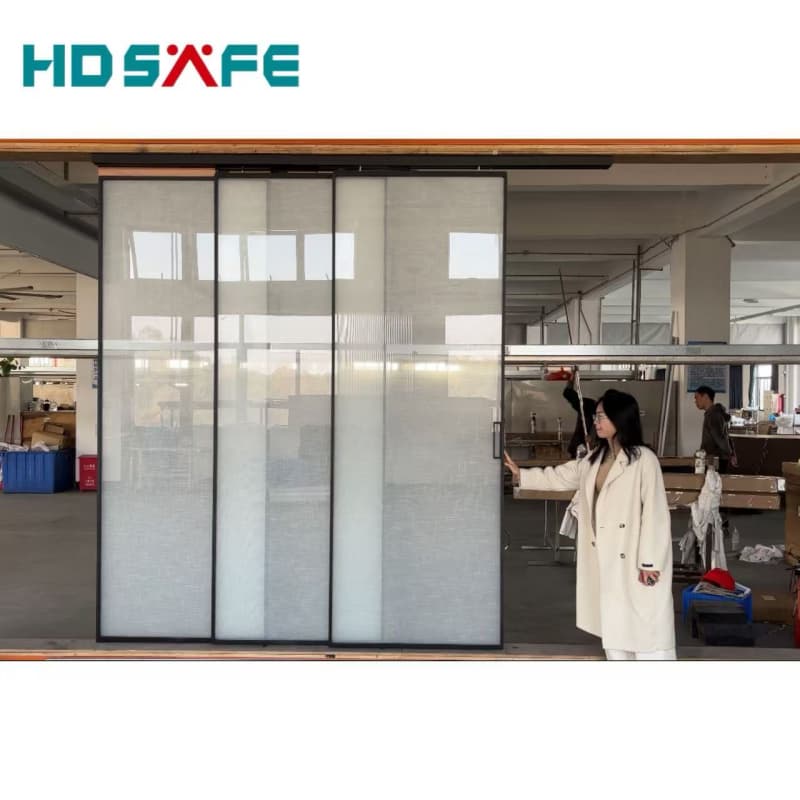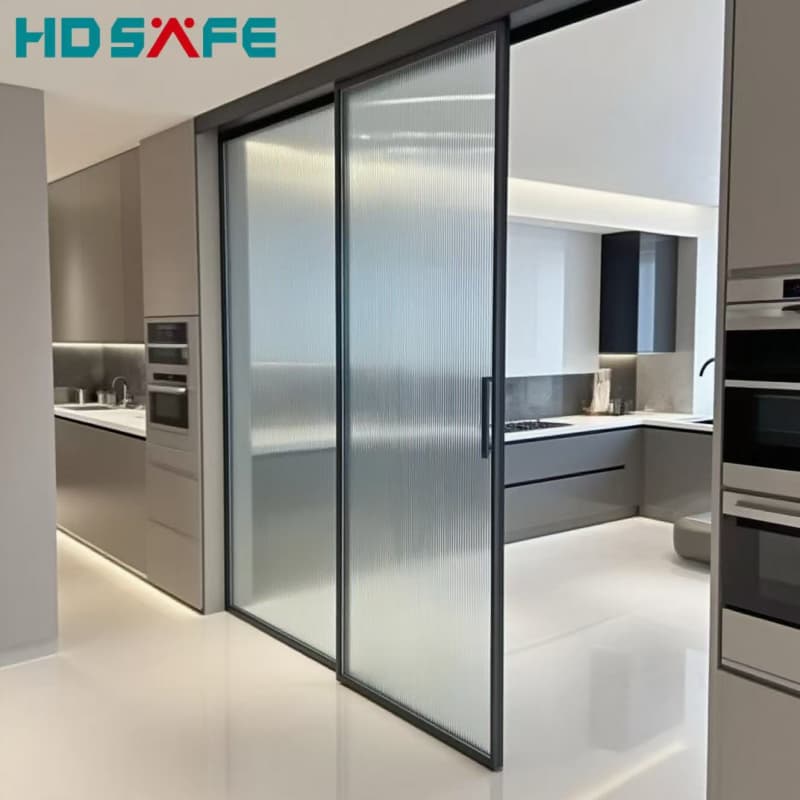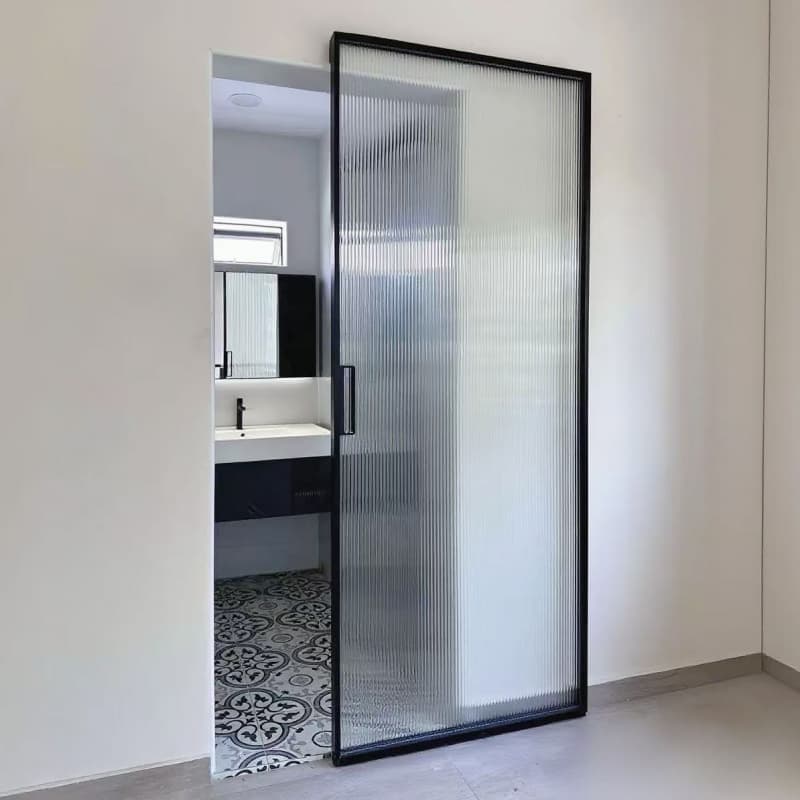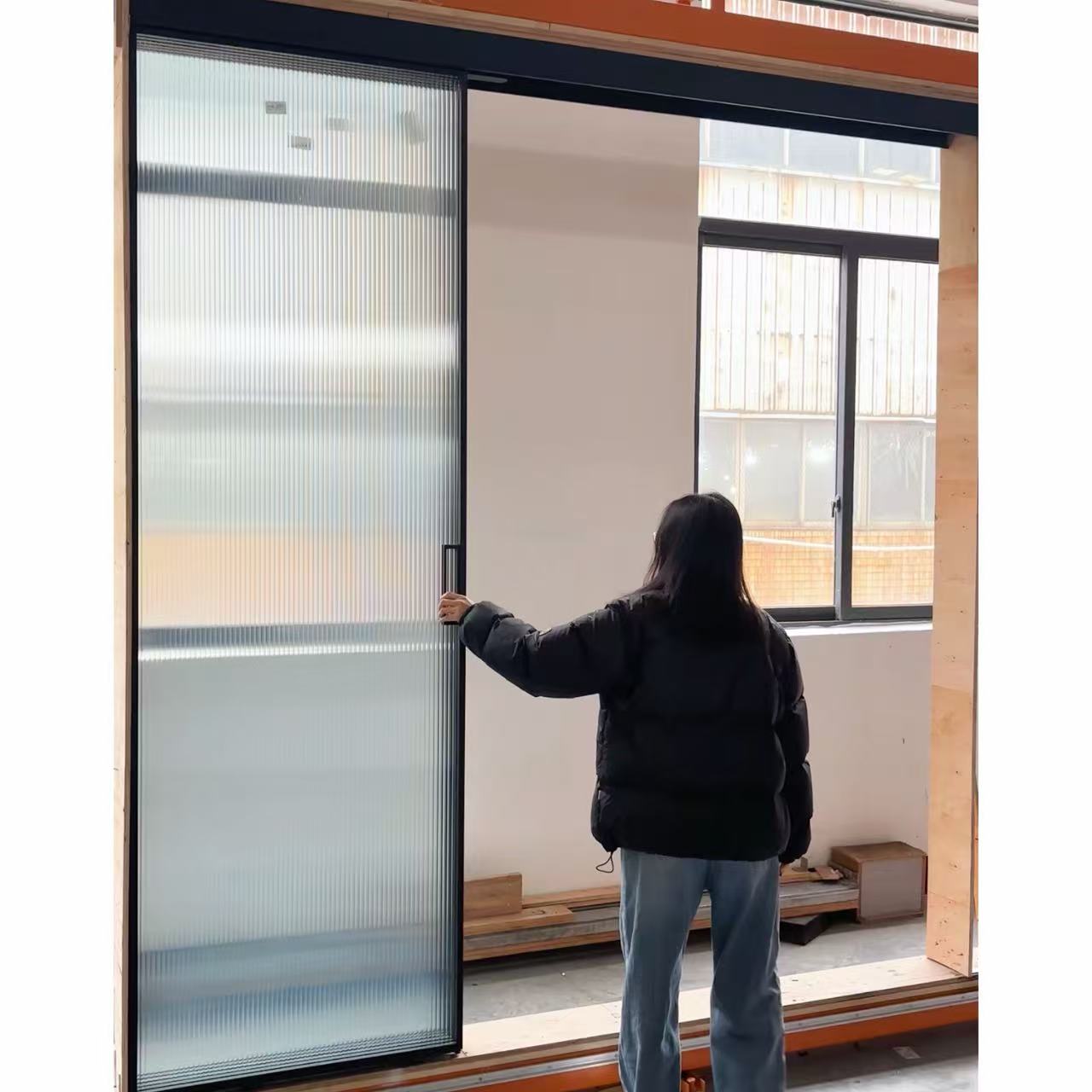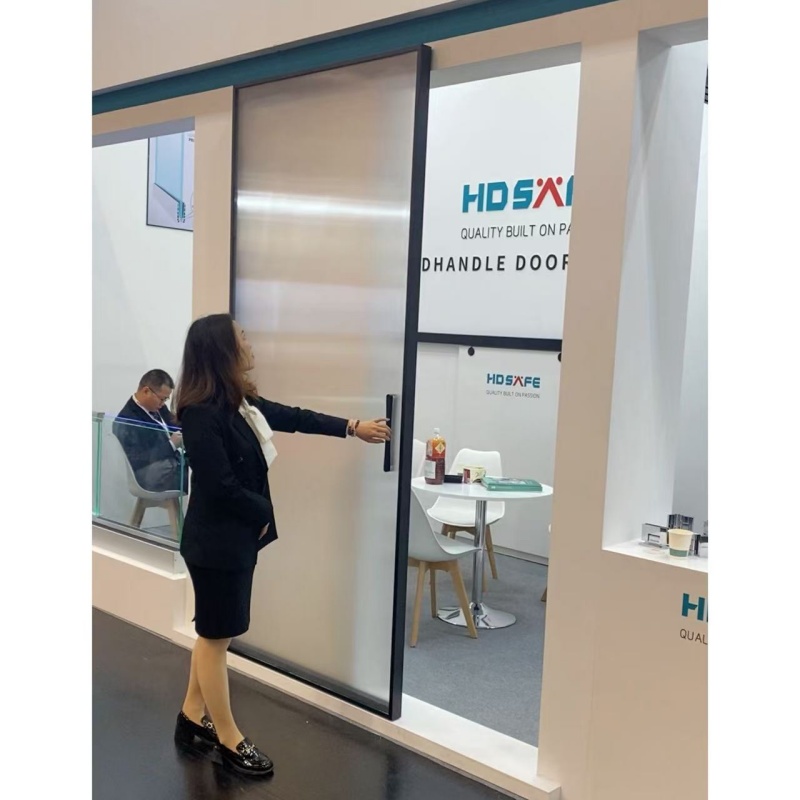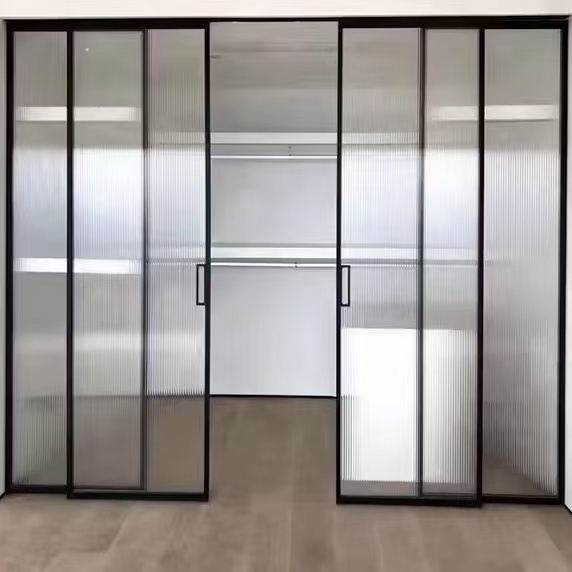The Art and Engineering of Glass Sliding Doors: A Deep Dive into High-End Manufacturing
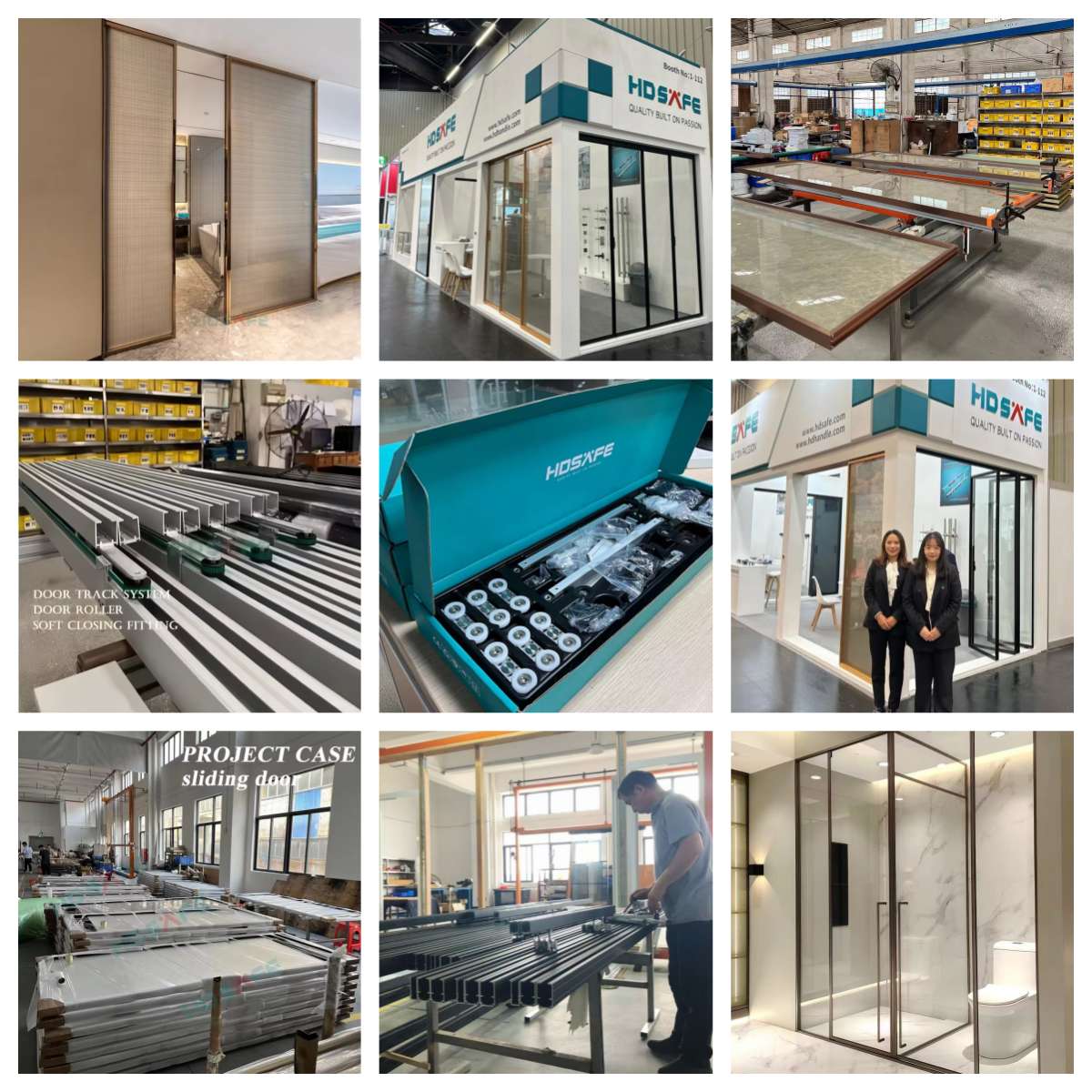
Introduction
The Evolution of Glass Sliding Doors
Early Designs and Functional Beginnings
Modern Applications
-
Residential spaces (patios, balconies, room dividers) -
Commercial buildings (offices, hotels, malls) -
Luxury villas and high-rise apartments -
Industrial and institutional facilities
Why High-End Engineering Matters
Key Advantages of High-End Engineering:
-
Superior Structural Integrity -
High-end sliding doors are engineered to withstand heavy loads, frequent use, and environmental stressors (wind, temperature changes). -
Advanced track and roller systems ensure smooth operation without jamming or wear.
-
-
Enhanced Security Features -
Multi-point locking mechanisms, tempered or laminated glass, and reinforced frames prevent break-ins. -
Anti-lift and anti-slide technologies add an extra layer of protection.
-
-
Thermal and Acoustic Insulation -
Double or triple glazing with low-emissivity (Low-E) coatings improves energy efficiency. -
Specialized gaskets and spacers reduce noise pollution, making them ideal for urban environments.
-
-
Aesthetic Precision -
Minimalist profiles, frameless designs, and custom finishes (brushed nickel, matte black, gold) cater to high-end interiors. -
Seamless integration with smart home systems (automatic opening, sensors).
-
Materials and Construction: The Foundation of Quality
1. Glass Types
-
Tempered Glass: Heat-treated for strength, shatters into small, safe pieces upon impact. -
Laminated Glass: Features a plastic interlayer that holds shards together, enhancing security. -
Low-E Coated Glass: Reflects heat while allowing light, improving energy efficiency. -
Frosted/Obscured Glass: Provides privacy without sacrificing light.
2. Frame Materials
-
Aluminum: Lightweight, corrosion-resistant, and highly durable—ideal for high-rise buildings. -
Stainless Steel: Offers unmatched strength and a sleek, modern look. -
Wood (Premium Hardwoods): For a classic aesthetic, often paired with aluminum cladding for weather resistance.
3. Hardware and Mechanisms
-
High-Precision Rollers: Ensure smooth gliding with minimal friction. -
Reinforced Tracks: Prevent warping and misalignment over time. -
Smart Locking Systems: Offer keyless entry and remote control options.
Our Advantage as a Source Factory
1. Customization at Its Core
-
Tailored designs to fit unique architectural requirements. -
Bespoke sizes, colors, and finishes for high-end projects.
2. Strict Quality Control
-
Every sliding door undergoes rigorous testing for durability, safety, and performance. -
ISO-certified production processes ensure consistency.
3. Cost Efficiency Without Compromise
-
Eliminating intermediaries allows us to offer competitive pricing without sacrificing quality. -
Bulk order discounts for large-scale commercial projects.
4. Sustainable Manufacturing
-
Use of recyclable materials and eco-friendly production techniques. -
Energy-efficient manufacturing processes to reduce carbon footprint.
Applications in High-End Projects
1. Luxury Residences
-
Floor-to-ceiling glass walls that blur the line between indoor and outdoor spaces. -
Frameless designs for a seamless, ultra-modern look.
2. Corporate Offices & Hotels
-
Glass partitions that enhance natural light while maintaining privacy. -
Automatic sliding doors for high-traffic areas.
3. Retail & Commercial Spaces
-
Showcase windows that attract customers while providing security. -
Glass storefronts with reinforced structures.
Future Trends in Glass Sliding Door Technology
-
Self-Cleaning Glass: Nano-coatings that repel dirt and water. -
Smart Glass: Electrochromic glass that adjusts tint based on sunlight. -
AI-Integrated Systems: Voice-controlled and motion-sensing sliding doors.





 Home
Home Oct 10,2025
Oct 10,2025 
 The Ultimate Guide to High-End Glass Sliding Doors: Precision Engineering, Unmatched Quality, and Expert Craftsmanship from a 30-Year Source Factory
The Ultimate Guide to High-End Glass Sliding Doors: Precision Engineering, Unmatched Quality, and Expert Craftsmanship from a 30-Year Source Factory 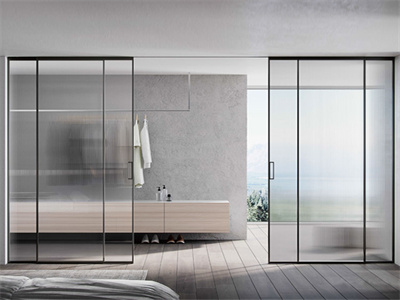
 Jul 23,2025
Jul 23,2025 
